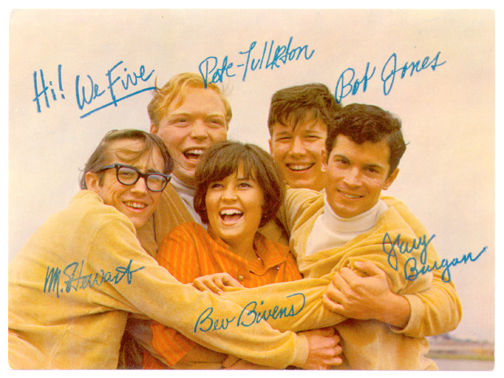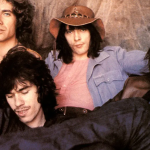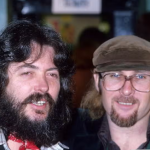“You Were on My Mind” – We Five
- music
- September 12, 2024

“You Were on My Mind” by We Five is a classic folk-pop song that became a major hit in 1965. Written by Sylvia Fricker of the Canadian folk duo Ian & Sylvia, the song was originally a more melancholic folk tune, but We Five’s version transformed it into an upbeat, polished pop-folk anthem, blending catchy melodies with emotional depth. The band’s version became a Top 10 hit in the U.S., reaching No. 3 on the Billboard Hot 100.
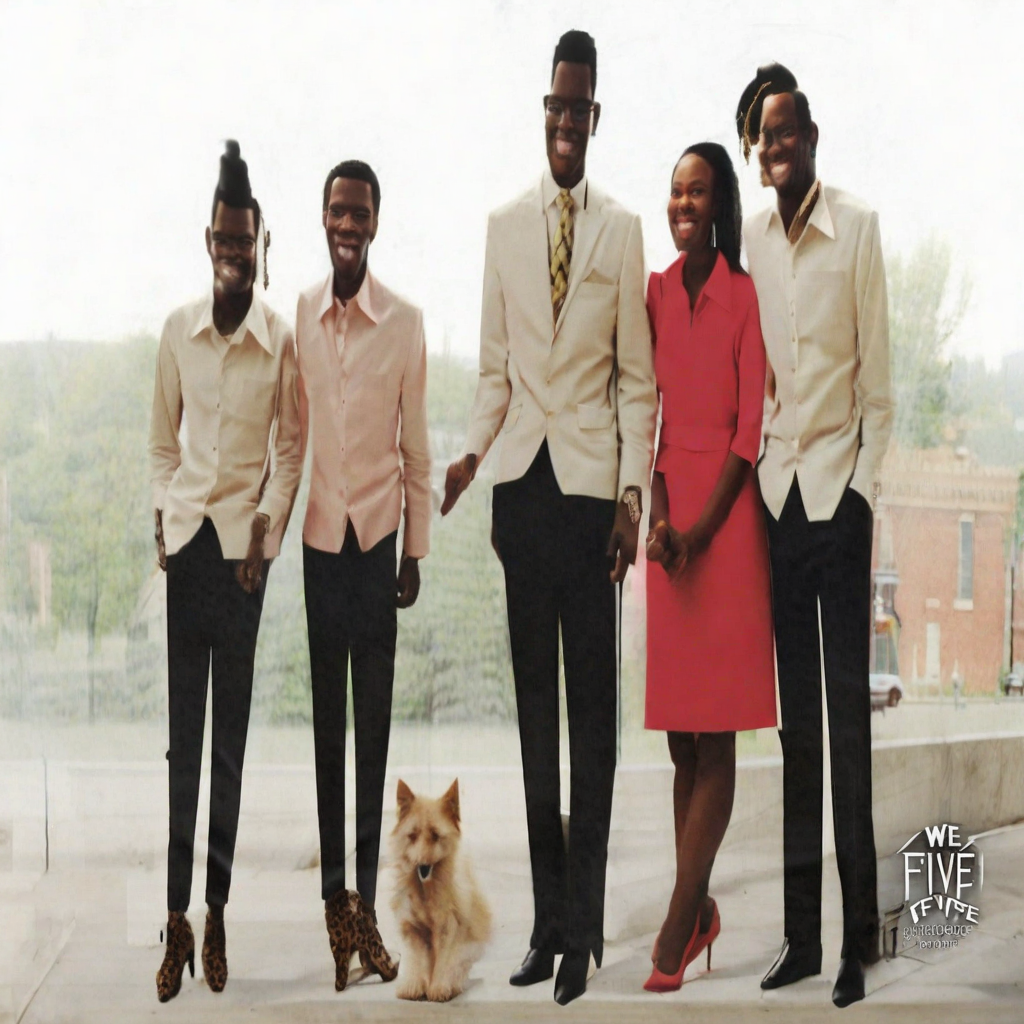
Musically, We Five’s arrangement of “You Were on My Mind” is characterized by its bright, jangly guitar work and vibrant harmonies. Lead vocalist Beverly Bivens’ clear, powerful voice carries the song, giving it a sense of urgency and emotion, while the band’s tight harmonies add a layer of warmth and richness to the sound. The song combines elements of folk with pop sensibilities, creating a crossover hit that appealed to a wide audience during the mid-1960s folk revival.
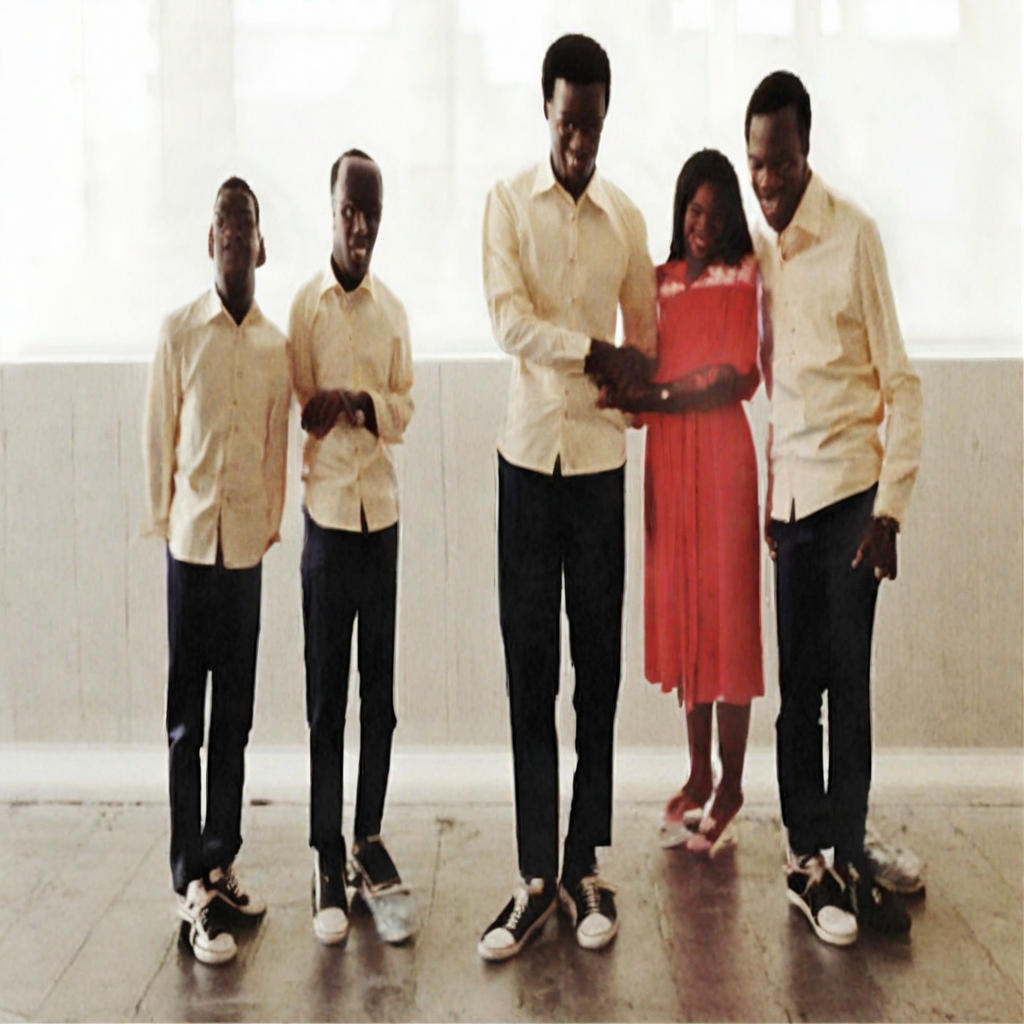
Lyrically, “You Were on My Mind” deals with themes of emotional turmoil and longing. The narrator expresses feelings of confusion, frustration, and heartbreak, singing about waking up with troubling thoughts and unresolved feelings about a relationship. Lines like “I got trouble, I got worries, I got wounds to bind” convey a sense of personal struggle, while the refrain “You were on my mind” suggests that the subject of the song is central to the narrator’s emotional state. Despite the upbeat arrangement, the lyrics maintain a sense of introspection and melancholy.
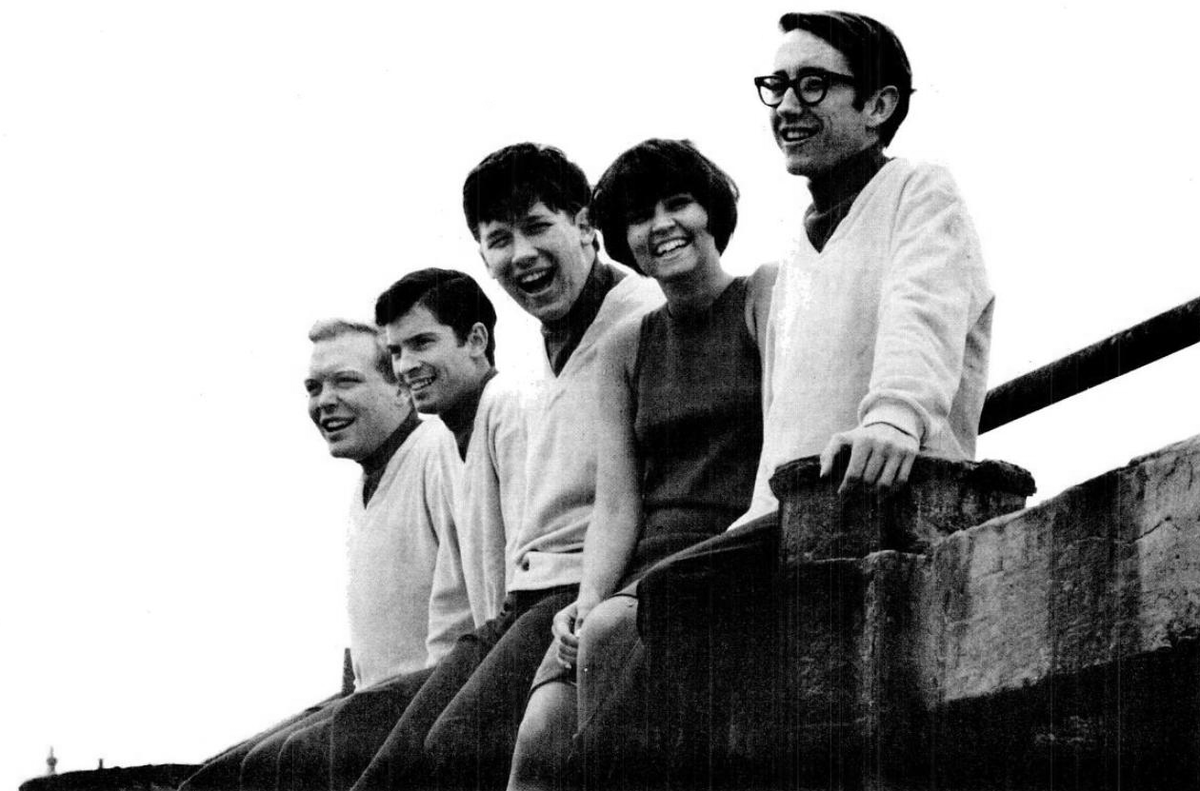
We Five’s version of “You Were on My Mind” was a defining song of the mid-60s folk-pop sound, blending the acoustic instrumentation and earnestness of folk music with the accessibility and energy of pop. The song’s success helped establish We Five as prominent figures in the folk-rock scene, and it remains one of the most memorable hits of the decade.
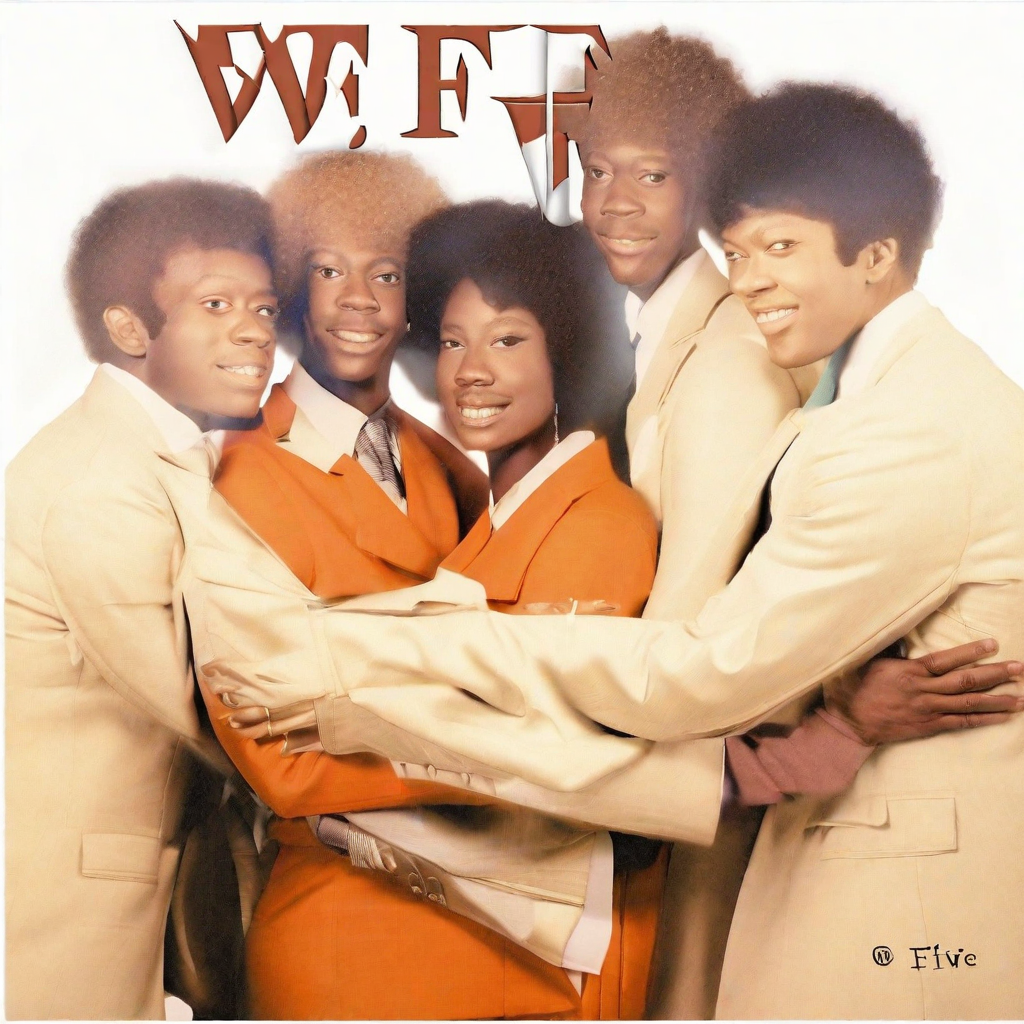
In conclusion, “You Were on My Mind” by We Five is a standout folk-pop track from the 1960s that blends heartfelt lyrics with an infectious melody. Its combination of emotional depth and accessible sound made it a major hit and a defining song of the era, showcasing the crossover appeal of folk music during the height of its popularity.
